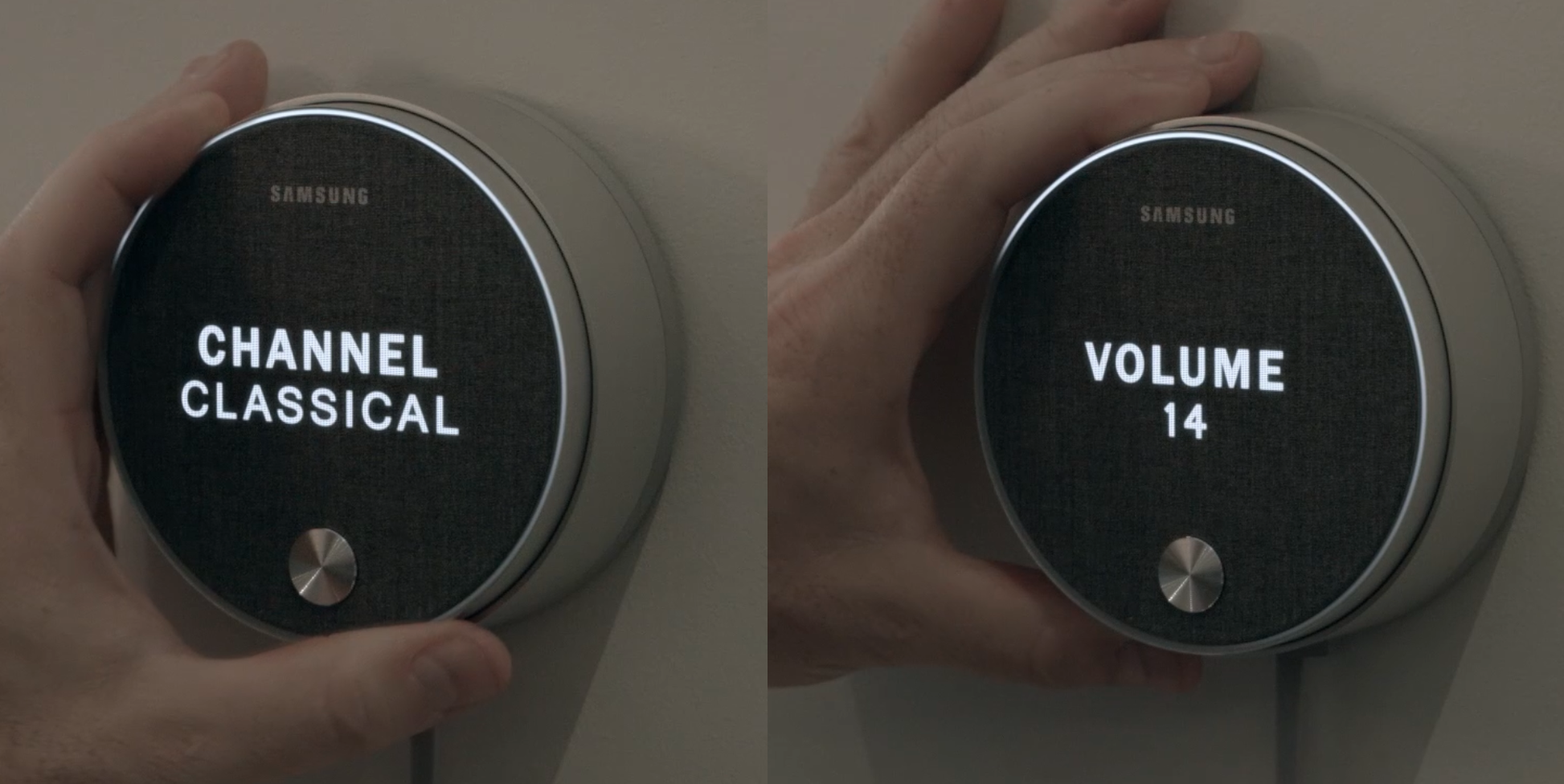DESIGNING INTERACTIONS FOR HARDWARE
While not trained as an industrial designer, I have extensive experience evaluating ergonomics and designing interactions for physical products, bridging the gap between software, services, and devices. Physical prototyping and evaluation is one of my favorite design activities, particularly for connected devices with a software UI element.
Process
I have found that physical devices need a different approach than a typical screen UI design project, where there are usually pre-established design conventions for the screen. The tactile nature and investment required to develop hardware requires that in-person research and lo-fi prototyping be front loaded into the process, to answer questions such as:
Placement and Approach - In what context will a user encounter this device? A home? A car? What effect does this have on its use?
We visited many homes to see where people actually put speakers of various sizes once they have purchased them, and realized that they are often deliberately placed out of reach so they can be turned louder to “fill the room”.
Control Affordances - How does the design of the device communicate its use? How can new affordances be created and utilized?
In this example, we wondered whether two separate unlabelled dials could be identified and used to control volume and music channel selection.
Software States - What does this connected device do? What sensors can we expect it to have? How does the user determine what’s happening?
For my Audio Strategy project I dug deep into the limitations of Bluetooth as a proximity sensing solution and devised ways in which other sensors (such as microphones) could be used to increase resolution of proximity detection.
physical modeling and prototyping
I’ve built / overseen production of many physical mockups and ‘wizard of oz’ demos for user testing and demonstration. These mockups have been as simple as a tablet with magnets glued to it, to a foam core sled that conceals a phone, to interactive demos and final appearance models with actual color, materials, finish. Whenever possible we would hack together prototypes to demonstrate interactions. This required me to stretch my design skills in every direction, creating new sounds, graphics / motion, gestural interactions, and even voice interactions, assembling them into a single package to demonstrate the interactive features of a product.
user Testing
Turning an idea into a physical form is critical to evaluating where it goes in a user’s home, how they understand its usage, and what new value it can bring to a user’s surroundings. As a final step in any project we would take these physical forms to our usability lab (which was outfitted to look like a typical American home) or even our own homes / offices so we could gain insight by living with the experience for a while.
Testing for the Samsung “All in One” speaker system released at CES 2017. While our tests indicated this was not a particularly useful design, they did lead to insights that were integrated into the VL5 speaker project.
Hardware / software projects
Samsung VL5 Speaker Controller (controller concept)
Samsung Whole Home Audio with Color Grouping (Patent US PTO 10542053B2)
Samsung All in One Room Speakers (controller prototyping)
Samsung Frame (concept generation, prototyping)
Samsung Family Hub (concept generation, prototyping)
Samsung Flip (use case analysis, concept generation)
BMW iDrive system (safety evaluation)
Novint Falcon Haptic Gaming Controller (use case evaluation)
CU Medical Automated External Defibrillator (AED instructional design)
Medtronic Insulin Pumps (software integration)
Dexcom Continuous Glucose Monitoring (physical form evaluation)
Enbrel Auto-injection Pen (instructional design)
Thoratec Heart Pump (alarm system evaluation)





